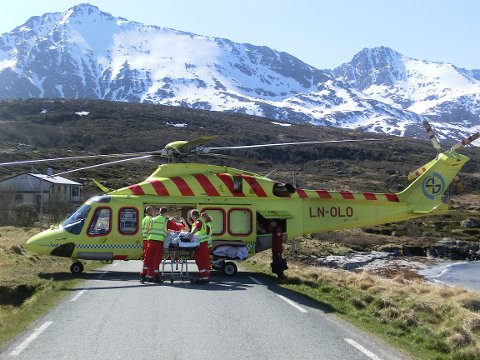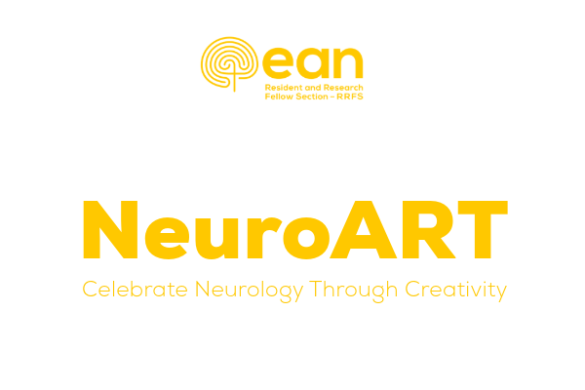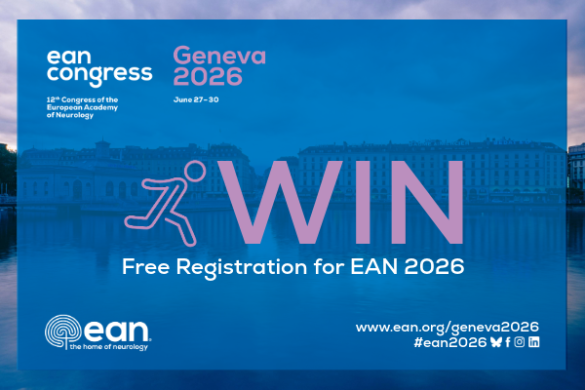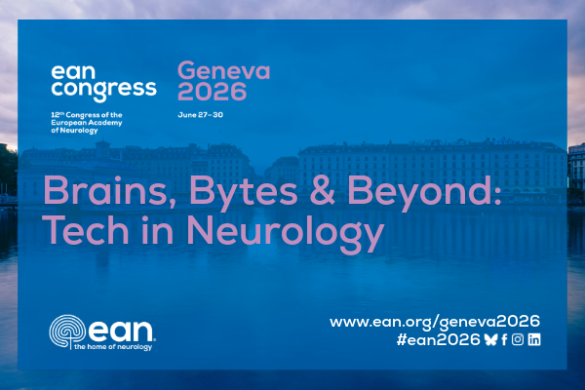
by Ellisiv Mathiesen, UiT The Arctic University of Norway, Tromsø, Norway and Department of Neurology, University Hospital of North Norway, Tromsø, Norway.
The Department of Neurology at the University Hospital of Northern Norway (UNN) is the only neurological department in the two northernmost counties in Norway and serves as secondary and tertiary referral hospital for the Northern Norway region. With its 112 975 km2, the Northern Norway region is approximately the size of a medium-sized European country and larger than the combined areas of Belgium, the Netherlands, and Luxembourg. The hospital is located in the city of Tromsø, situated 375 kilometers north of the Arctic Circle. Tromsø is the largest urbane municipality in Northern Norway and the third largest north of the Arctic Circle anywhere in the world.
Health services were previously quite limited in the northern part of Norway compared to the south. The neurological department was established in Bodø in 1961, followed by the department in Tromsø in 1967. At the beginning, the Tromsø department had only one neurologist who had to do practically all kinds of examinations himself, including radiological examinations such as pneumoencehalography and myelography. When the Medical School at the University of Tromsø, the northernmost university in the world, was started in 1973, the primary goal was to ensure high quality health services also to the northern region. The hospital now provides up-to-date modern neurological, neuroradiological and neurosurgery services to the northern region.
Organizing neurological services in the scarcely populated Northern Norway region has its challenges. Although Northern Norway covers 35% of Norway’s main land area, it has less than 10% of the Norwegian population (480 000 of 5 295 000 inhabitants). Instead of bringing all neurological patients to the department in Tromsø, the department has established ambulatory neurological health care to four local hospitals and two rural medical centers, with approx. 1500 neurological consultations pr year. The travel distances vary from 200 to 800 km, by car, bus, boat or airplane. With rough weather conditions, especially in the long winter season, one must be prepared to spend extra days on ambulatory service due to closed roads or cancelled flights or boat rides.

Air transportation by helicopter or plane is essential for stroke care and other neurological emergencies in the region. Neurological emergencies constitute approximately one third of all emergency ambulance transports by air to the UNN, reflecting both the improvement of neurological health care in the northern region as well as the general shift towards active emergency treatment in neurology over the last decades.
Ellisiv Mathiesen is a Member of the Local Organising Committee for the EAN Congress in Oslo, Norway 2019.
‘Neurological News from’ is a series of articles that sheds light on neurological aspects of the annual congress destination! Historical but also current information on the neurological landscape of our venue countries are discussed.













